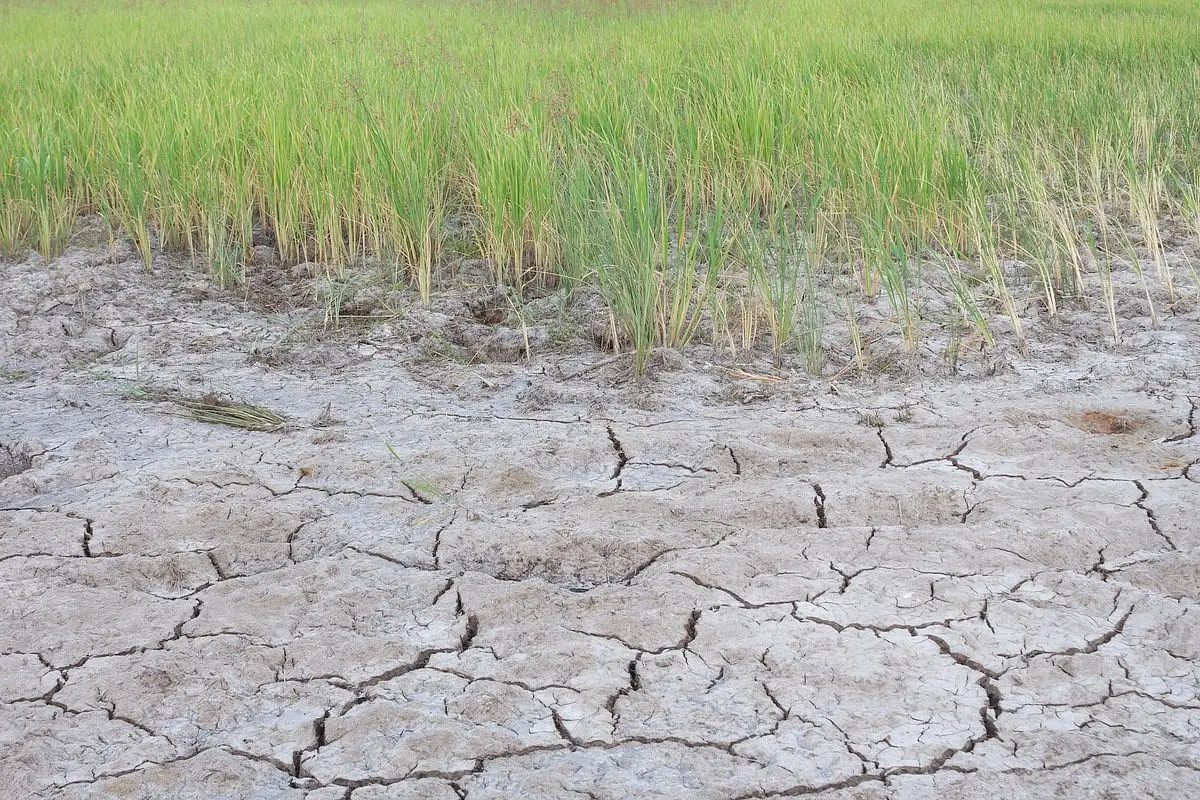
Agriculture in arid and semi-arid regions often faces challenges such as drought, water scarcity, and soil salinity. These stress factors can significantly reduce plant growth and crop yields. Fortunately, by applying scientific and practical strategies, farmers can increase plant resistance and maintain farm productivity. Here are 10 effective methods:
1. Select Drought- and Salinity-Resistant Varieties
One of the simplest and most effective methods is planting varieties naturally tolerant to drought and salinity. These plants typically have deeper roots, tougher leaves, and efficient water use, allowing them to thrive in harsh conditions.
2. Use Tissue Culture and Healthy Plants
Tissue culture allows the production of uniform, healthy, and stress-resistant plants. Seedlings produced through this method are better equipped to withstand drought and salinity, ensuring higher performance in the field.
3. Soil Improvement and Conditioning
Adding organic matter, compost, or other natural amendments improves soil structure, enhances water retention, and reduces the negative effects of salinity. Healthy soil forms the foundation for resilient plants.
4. Optimize Water Management and Drip Irrigation
Controlling water use through drip irrigation and efficient watering systems reduces drought stress and maximizes water efficiency. This ensures plant roots receive sufficient moisture while minimizing water waste.
5. Mulching
Using organic or plastic mulch helps retain soil moisture, reduce evaporation, and decrease drought stress on plants. Mulching also controls weed growth and stabilizes soil temperature.
6. Manage Soil Salinity Naturally
To reduce salinity effects, practices like leaching salts from soil, adding lime, sulfur, or compost can be applied. These methods lower soil salt concentration and improve plant growth.
7. Proper Nutrition and Micronutrients
Minerals such as silicon, magnesium, and zinc can enhance plant resistance to environmental stresses. Balanced fertilization strengthens plant immunity and improves resilience.
8. Beneficial Soil Microorganisms
Roots can form symbiotic relationships with beneficial microbes such as bacteria and fungi, which improve water and nutrient uptake and enhance plant tolerance to drought and salinity.
9. Pruning and Proper Plant Management
Regular pruning and removal of weak branches optimize plant energy use, reduce stress from water or salinity shortages, and improve overall plant growth and productivity.
10. Monitor and Manage Environmental Conditions
Controlling temperature, humidity, and providing shade can reduce drought and salinity stress. Using sensors and smart irrigation systems ensures plants grow in optimal conditions with minimal stress.
Conclusion
Combining these 10 strategies helps produce more resilient, higher-quality, and productive plants, allowing farmers to maintain stable yields even under challenging environmental conditions. Technologies such as tissue culture, soil improvement, efficient water management, and proper nutrition are key steps toward sustainable agriculture and reduced economic risk.
Javaneh Omid Balouch Company supports farmers by producing seedlings resistant to drought and soil salinity, helping deliver high-quality, sustainable crops while safeguarding food security.
